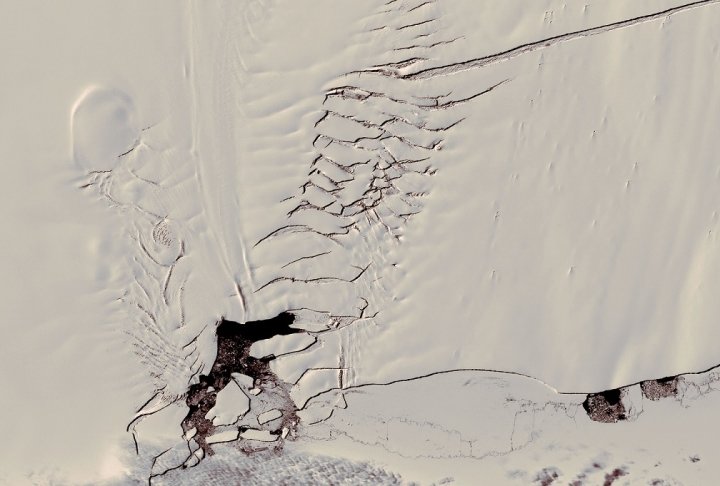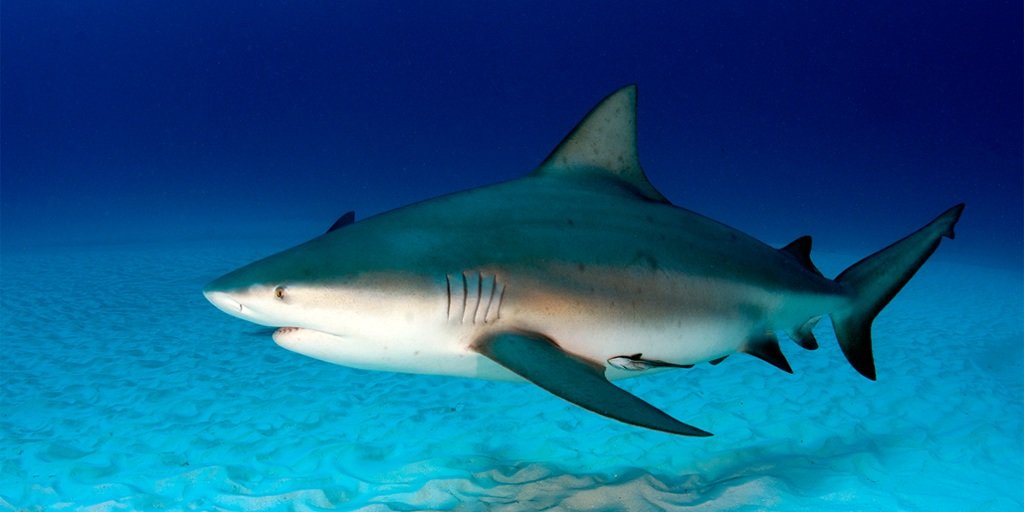
© NASA/NewsmakersLarge crack in Antarctica ice spreading fast, threatens to cave in.
Scientists focused on Antarctica have been keenly observing the rapid progression of a large crack on the ice. The crack on Larsen C, one of the world's greatest ice shelves found on the northern major ice shelf of the Antarctic Peninsula, is growing to around 350 kilometers. This is as
wide as Delaware, according to reports.
Between 2011 and 2015, the crack in Larsen C has grown to 30 kilometers. By 2015, the crack became wider and lengthened to 200 meters. When it was last observed in March 2016, the rift had grown another 22 kilometers and widened 350 meters.
According to a report by Project MIDAS,
the rift is now over 130 kilometers or 80 miles. This only means it will take just a little amount of time before an enormous chunk of Larsen C would collapse.''We previously showed that this will remove between nine and twelve percent of the ice shelf area and leave the ice front at its most retreated position ever,''
explained Adrian Luckman, Daniela Jansen, Martin O'Leary, and members of the Project MIDAS team. ''The trajectory of the rift now implies that the higher of these two estimates is more likely.''

Comment: Recently scientists found new, strange 'methane bubbles' in a field on a Russian island. Here's a small sample we've collected of other recent natural outgassing-related events:
- 20 foot high flames spew continuously from borehole in Madhya Pradesh, India
- Mysterious burning crack in the earth releases gas in Chimborazo, Ecuador
- Condamine River's mysterious bubbling methane intensifying in Queensland, Australia
- Frozen methane bubbles trapped under Canadian lake ignited with a match
It is likely that outgassing of methane (and other natural gases) is coming up from deep below the earth's surface. See also:SOTT Exclusive: The growing threat of underground fires and explosions